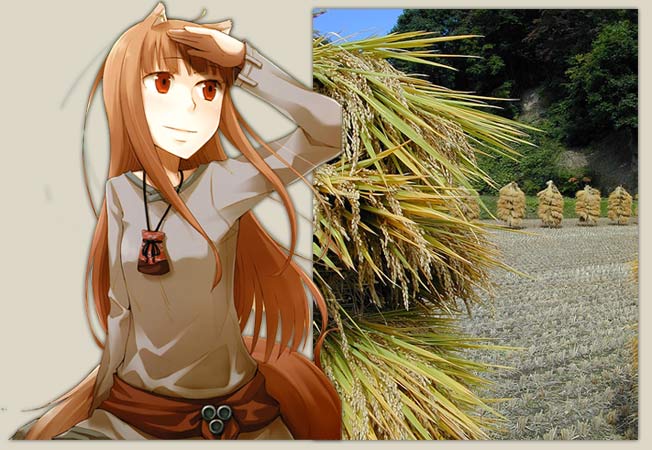The other day I noticed a bag of rice sitting on the table. Something about the way the grains were packed together seemed to beckon to me, and I found myself tossing the bag up and down and punching it lightly with my fist, which earned me a rebuke from my wife. I was sure she was worried about me spilling the contents of the bag all over the kitchen, but instead she said: “Don’t do that! It’s rude to do to the rice.” Rice is extremely important to the Japanese, who eat it with almost every meal, and the local version of “eat your food because there are starving children in Ethiopia” is “eat your rice, there are seven gods in each grain who will be angry if you don’t finish everything.” Alternately, parents will talk about how hard the local farmer worked to make the rice, which traditionally takes 88 different steps to get it from seedling to table. The importance of rice in Japanese culture is expressed in various religious ceremonies, such as funerals, when a final bowl of rice is offered to the soul of a person who has died with chopsticks standing straight up in the rice, and in Shinto purification rituals performed before starting construction on a building (which we did, for example, when we built the J-List office).

Rice is an extremely important part of Japanese life and culture. There are no cute harvest goddesses that I know of however.















